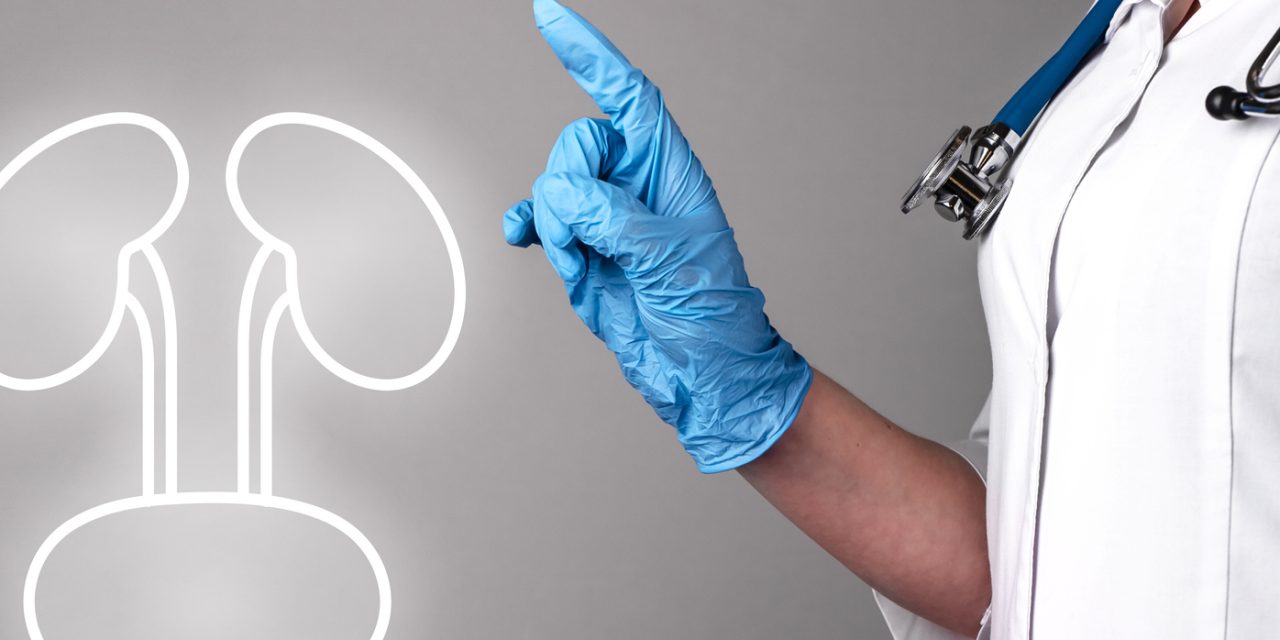The aim is to evaluate the interest of another sphincter saving anastomosis procedure for self-restraint recuperation after robot-helped laparoscopic revolutionary prostatectomy (RALP). We played out a monocentric single-administrator concentrate on 187 continuous RALP . Patients were partitioned into two gatherings: Group 1 (standard anastomosis, until December 2017) and Group 2 (sub sphincteric anastomosis [SSA], since January 2018). The SSA consisted in regarding the sphincteric sleeve during the anastomosis stitching just the inner layer of the urethra with the bladder and in this manner keeping away from the deficiency of sphincteric length instigated by the stitch. Pre-, intra-, and postoperative information were tentatively gathered and thought about. Rules of self control were as per the following: no cushion use and complete shortfall of spillage at catheter expulsion at multi month and 1 year. The two gatherings were tantamount regarding prostate-explicit antigen, organ volume, and Gleason score. In Group 2 (SSA), we noticed a total self-restraint recuperation in 75.6% at catheter expulsion (p = 0.0000035), in 82.9% at multi month (p = 0.000092), and in 97.5% at 1 year (p = 0.028), freely of bladder neck protection (p = 0.388). There was additionally a critical contrast between the two gatherings concerning urinary revised instruction necessity (p = 0.0006), cushion use, and urinary personal satisfaction (p = 0.0000002). No anastomosis inconvenience was accounted for.
Reference link- https://www.liebertpub.com/doi/10.1089/end.2020.0379


